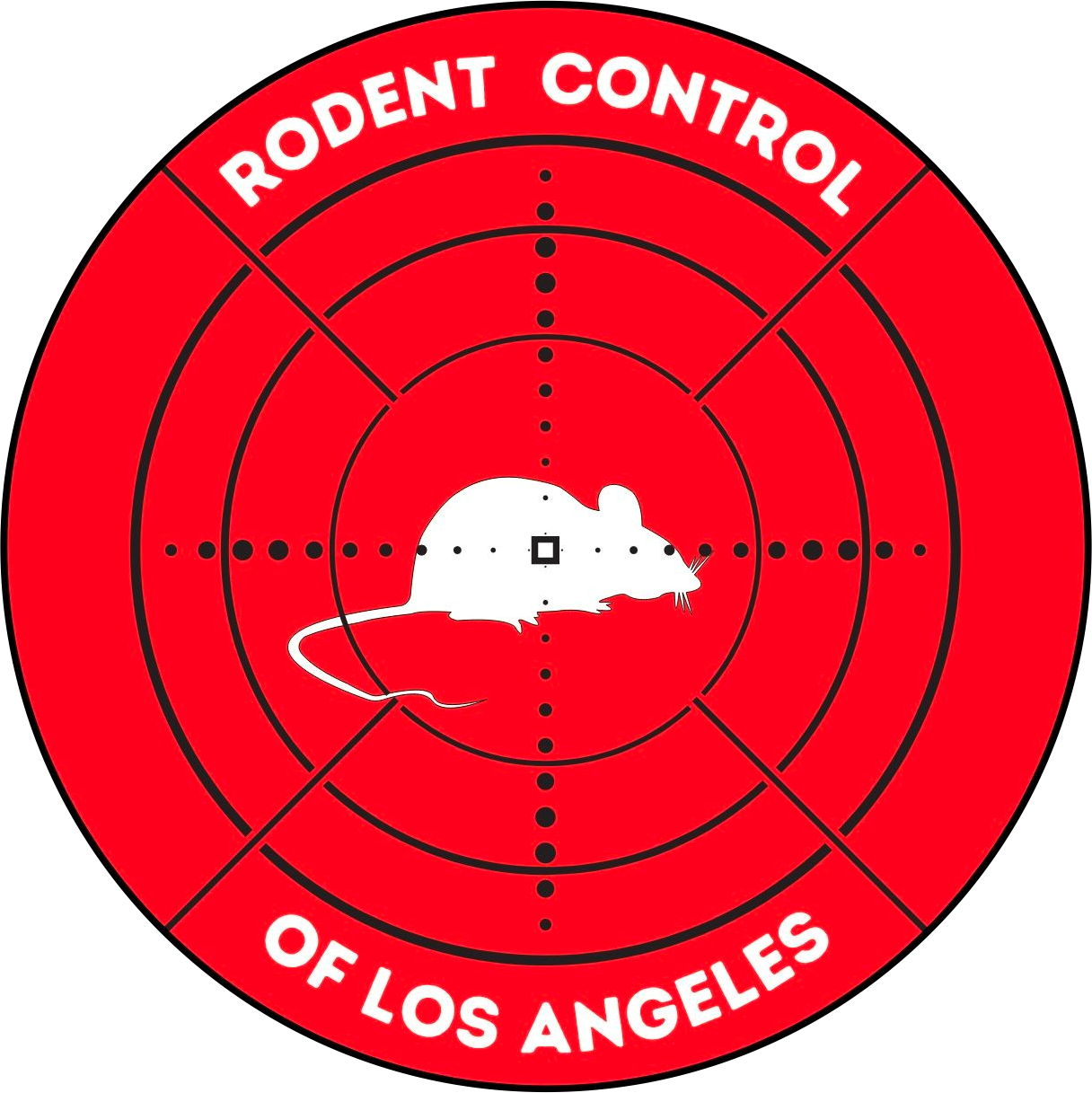Curious about the noises echoing from your attic? Wondering if those sounds are indicators of a rat’s presence?
Before delving into the realm of ‘sounds,’ it’s crucial to address the foundational question:
Understanding Rat Behavior in Your Attic
Rats and mice, armed with teeth that incessantly grow, employ an ingenious method to manage this dental challenge.
Their solution? Non-stop chewing or gnawing on diverse surfaces such as wood, walls, plastic, fabrics, and more.
Once nestled in a cozy haven like your attic, rats continue their chewing frenzy even before constructing a proper nest. The mere presence of shelter can trigger their regular visits.
Once settled, rats breed rapidly when they find both a nesting spot and a food source. Nests crafted from readily available materials within most attics – from paper and cardboard to fabrics, clothes, and thin plastics – can escalate into a serious issue.
The longer these unwelcome guests linger, the higher the potential for extensive damages and health risks.
Prompt detection of a potential rat infestation is invaluable. Early intervention by rat control experts ensures a definitive solution.
Deciphering the Auditory Clues: What Do Rats in the Attic Sound Like?
Numerous rodents, rats and mice included, are nocturnal creatures, emerging primarily at night.
Late-night study sessions, reading binges, or web surfing might expose you to occasional scratching noises.
Rats indeed create quite a cacophony within your attic. In severe infestations, if your bedroom directly adjoins the attic, the nocturnal rat activity might even deprive you of sleep.
Familiar with the hum of your refrigerator, kettle, HVAC system, and other common appliances? Identifying ‘unfamiliar’ attic sounds becomes easier.
Nocturnal rat antics often involve scurrying along walls and indulging in nibbling escapades.
But what if your attic remains sealed for days? Will you discern rat sounds during the day?
Daytime rat activities may lead to subtle scratching or gnawing sounds. But the serenity of night makes unfamiliar sounds more conspicuous.
Chirps and Squeaks: Do Rats Vocalize in the Attic?
Questions arise about rats’ vocalizations. While rodents like rats, mice, and squirrels do emit vocalizations, most occur at frequencies beyond human perception.
Comparing Rat Sounds to Other Creatures
Distinguishing rat sounds from those of birds, squirrels, or wasps is feasible.
Birds communicate with vocals and wing flaps; squirrels generate scratching and vocal noises; wasps create buzzing sounds.
Rats, however, leave their mark through distinctive scratching and gnawing sounds.
Occasionally, you might catch the sound of a rat hastening to its hiding place when you enter the attic.
Further Clues of Rat Presence in the Attic
Sounds are but the initial indicators of potential rodent infestations.
Exploring your attic unveils corroborative evidence of an unwelcome lodger.
Although you won’t find rats napping, scrutinize for physical clues: droppings, urine marks, or shredded nesting material.
Inspect stored items for gnaw marks. Survey insulation, plumbing, and containers for telltale signs.
Seal any gaps or crevices of 0.25” or larger to bar rat entry.
In Closing
A rat invasion demands serious attention, even if confined to the attic. Swift intervention is paramount, as infestations can rapidly escalate.
Rats are relentless explorers, seeking openings to infiltrate other parts of your home. They’ll enlarge small crevices for a whiff of ‘food.’
While sealing gaps and cleaning your attic are prudent steps, no guarantee exists that rat sounds won’t recur.
For a definitive solution, enlist the expertise of rodent control specialists. Your best course of action is a call to Rodent Control Los Angeles.

